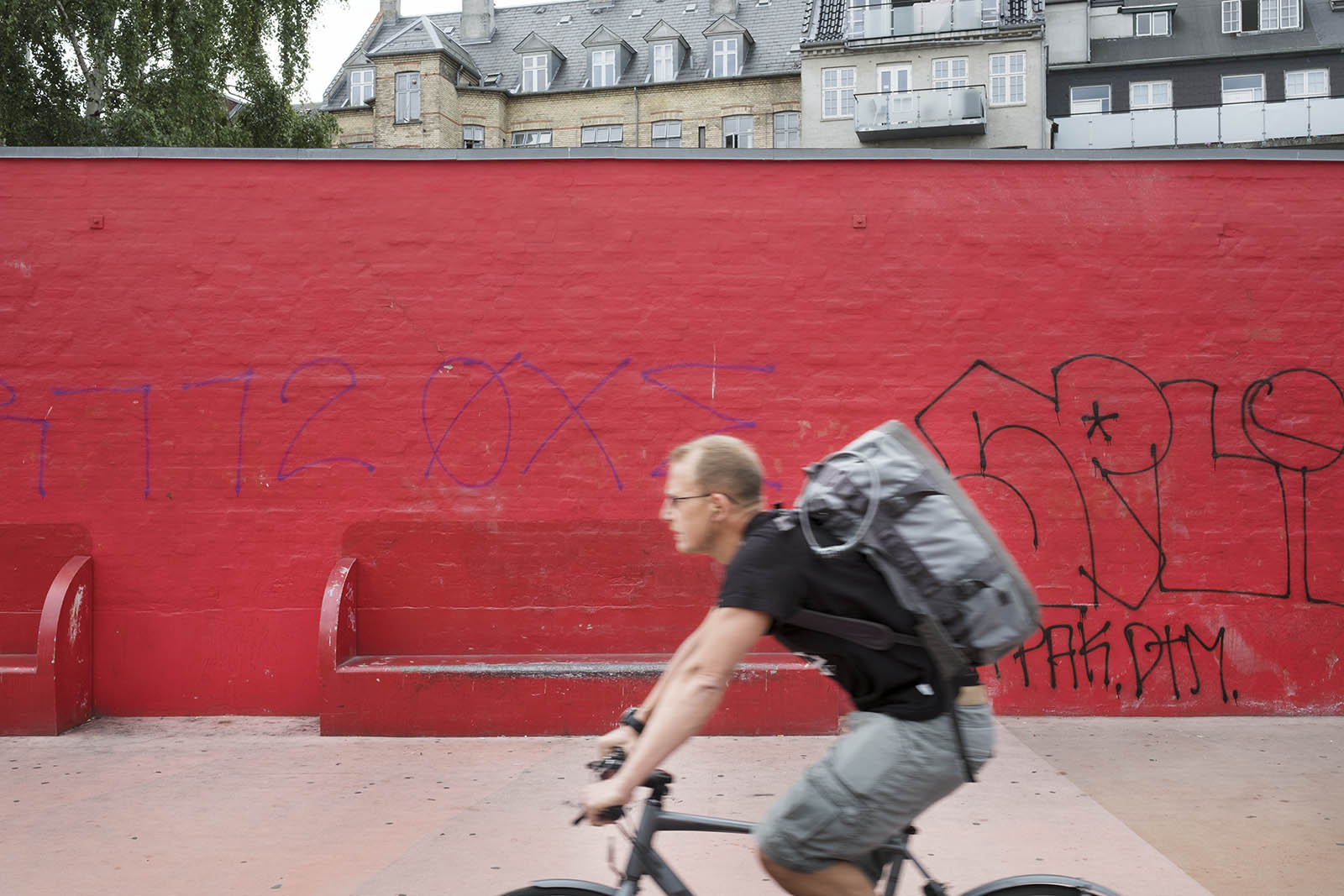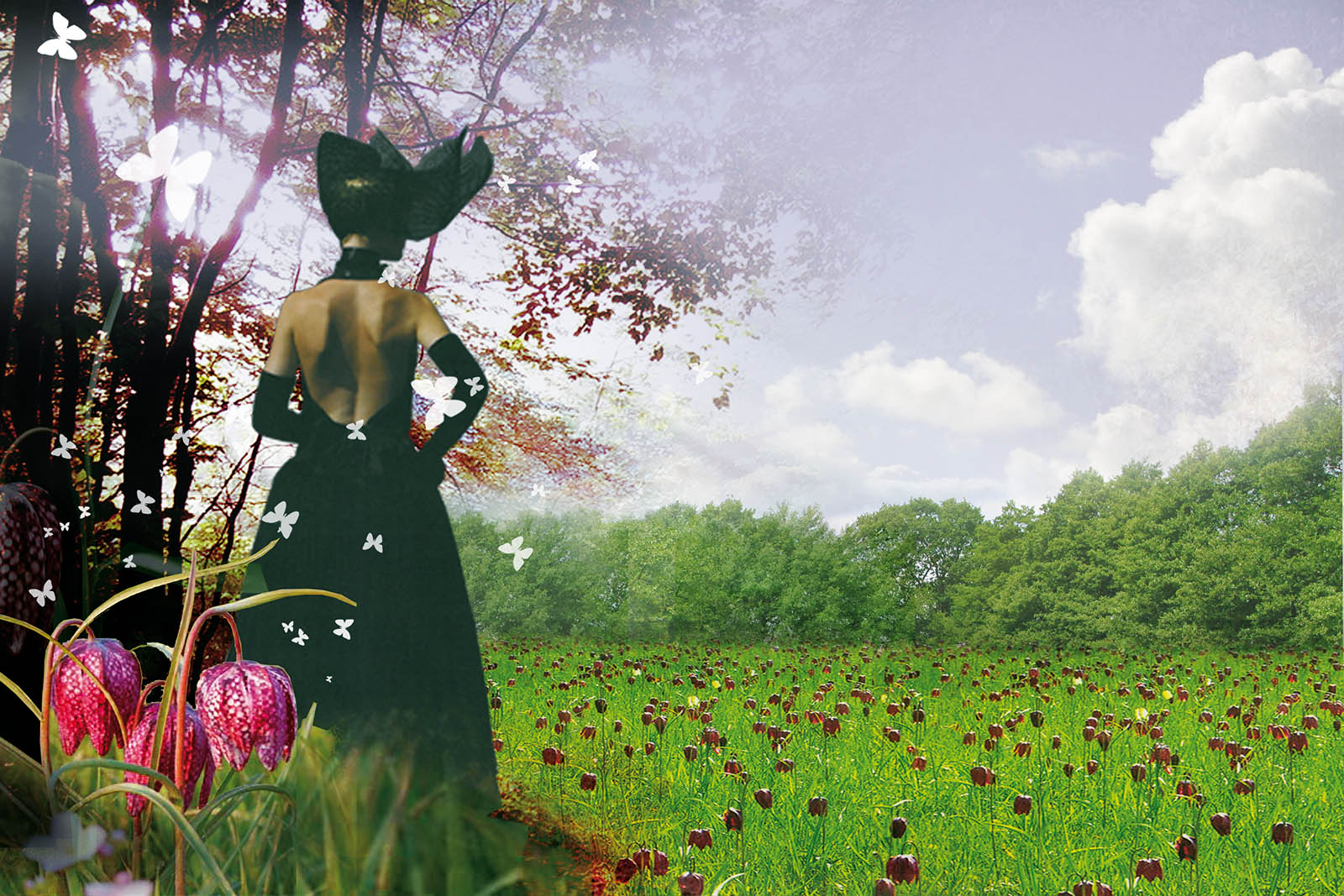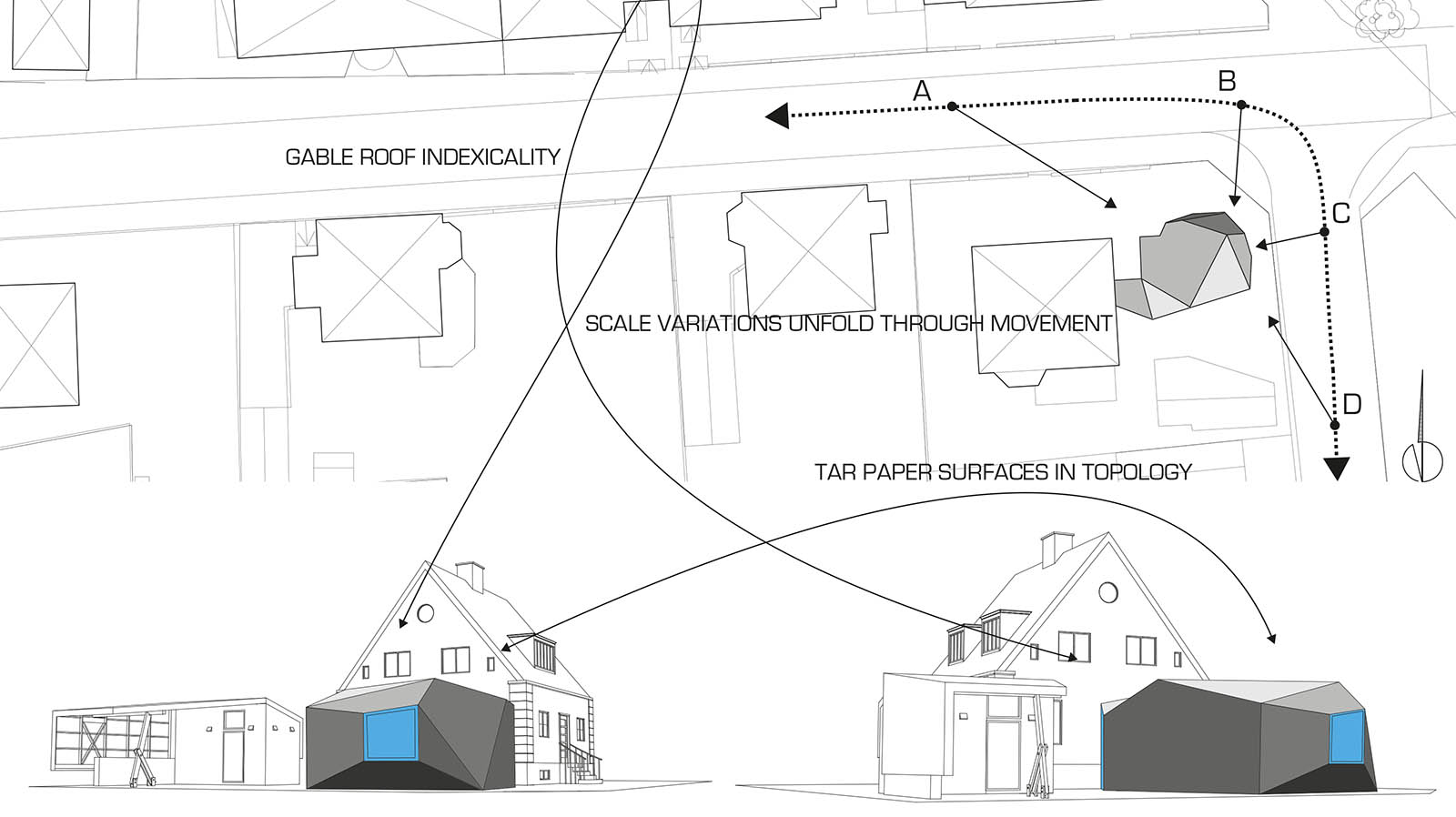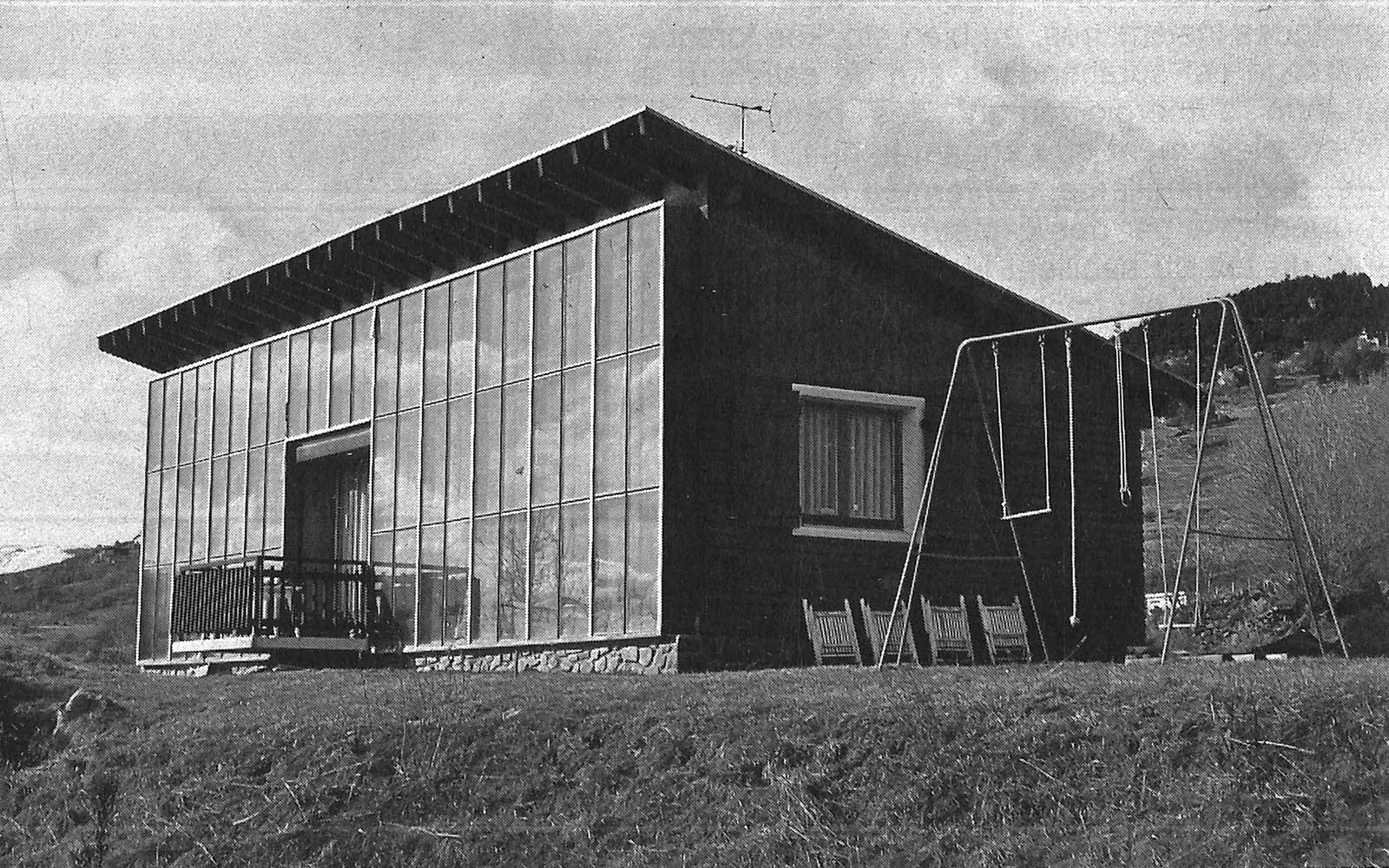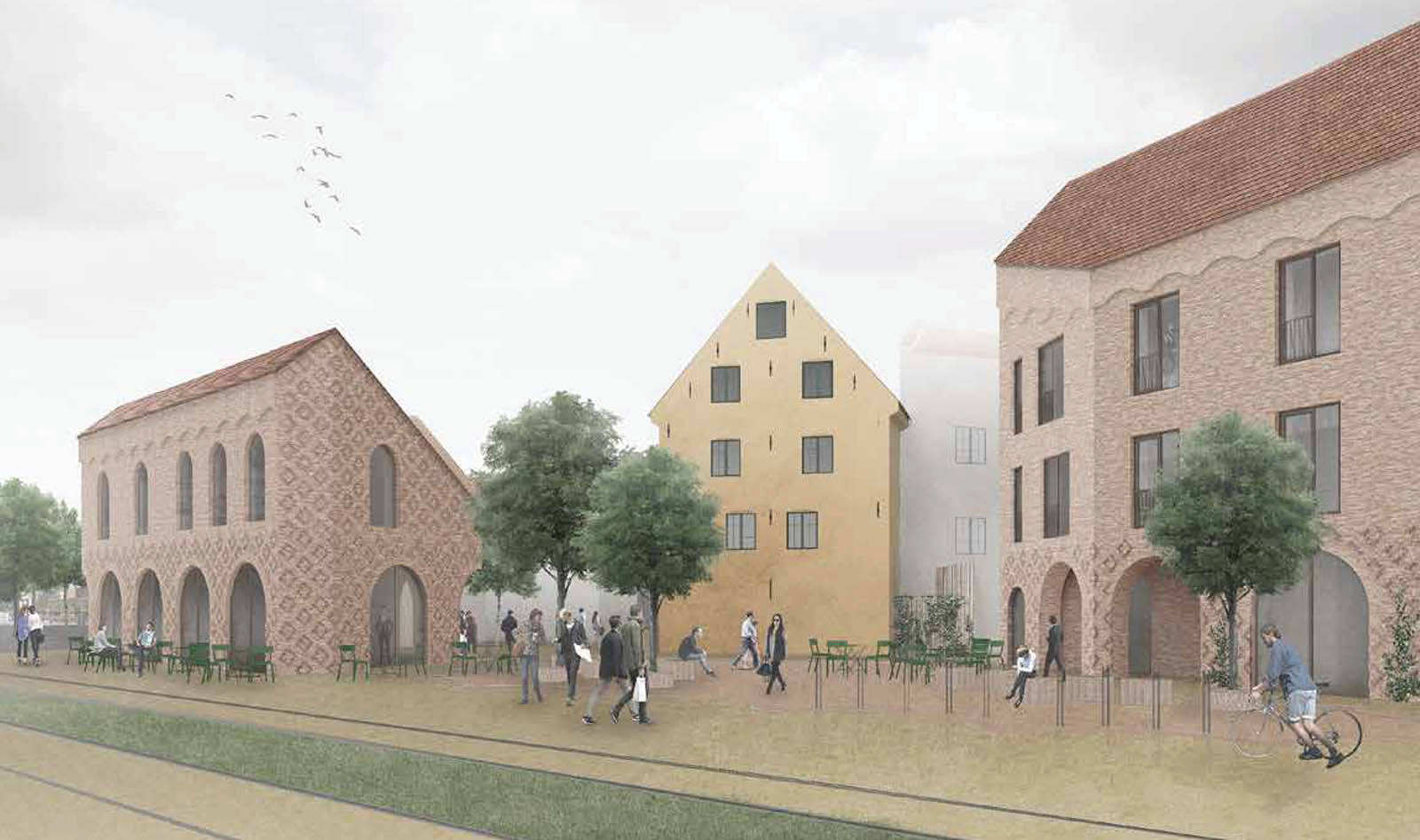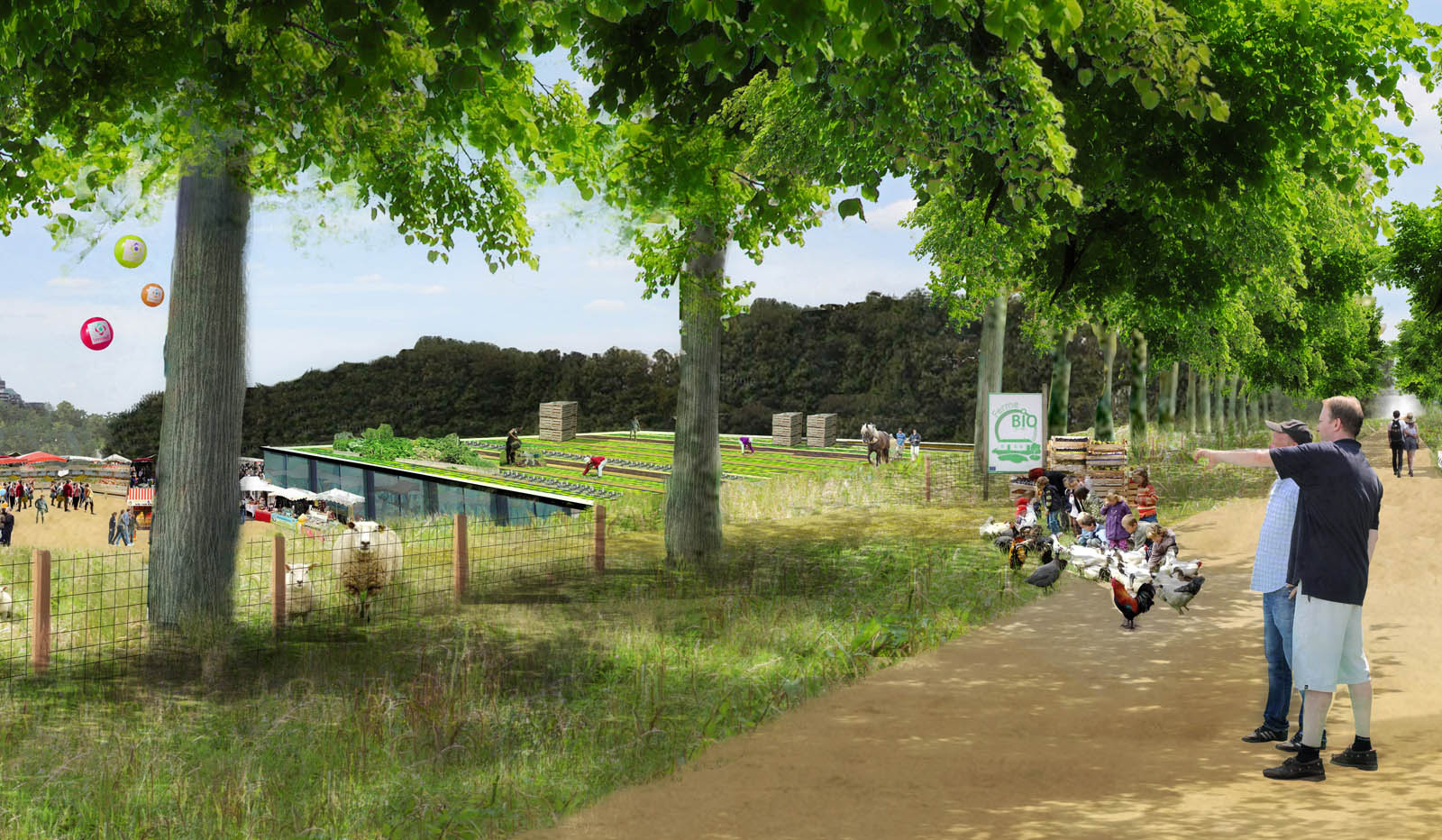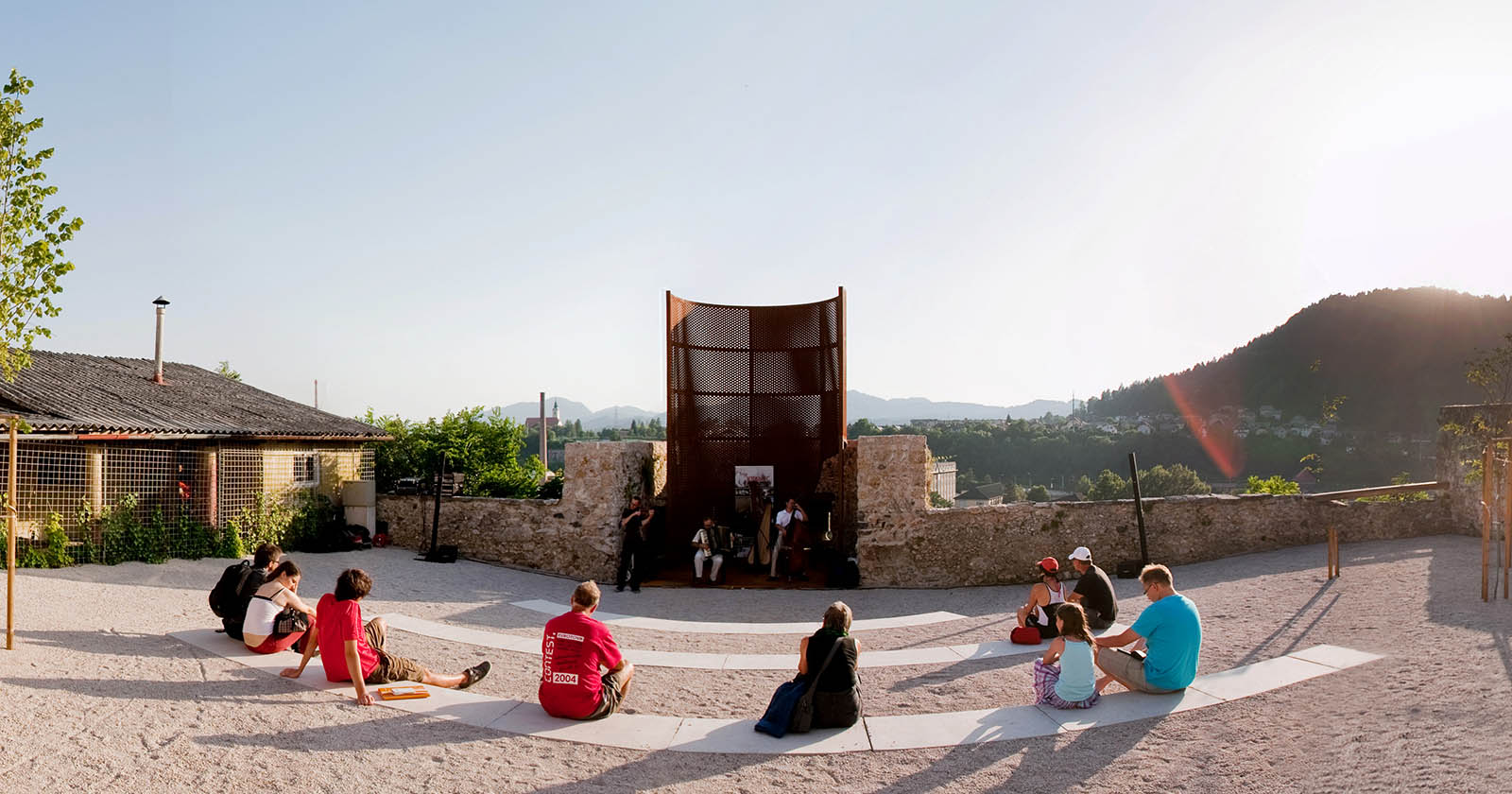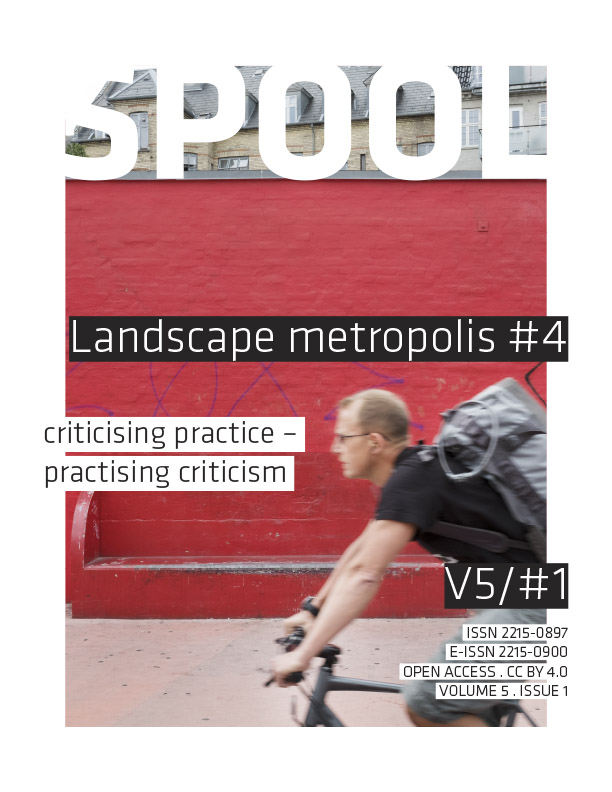
Criticising Practice – Practicing criticism
8 articles / 120 pages
ISBN 978-94-6366-011-2
Issue editors
Prof. Dr. Lisa Diedrich, Swedish University of Agricultural Sciences
Dr. Ir. Saskia de Wit, TU Delft
Prof. Dr. Tom Avermaete, TU Delft
Editorial
-
The editors of this themed issue of SPOOL place the discussion on the possibilities and impossibilities of criticism within the field of the design disciplines at centre stage. We are especially interested in how criticism can make an active contribution to taking a position vis-à-vis what we have called, in earlier issues of SPOOL, the contemporary condition of ‘the landscape metropolis’. Criticism is an important means of reflection on the creative processes and interventions that are part and parcel of this landscape metropolis. It throws light on particular projects by describing and...
Articles
-
Danish visual artist Kirstine Autzen portrayed Superkilen as it is in Summer 2017. For Autzen, photographing a public space means taking in impressions, and at the same time making images that convey these impressions in a strictly visual manner: grabbing the camera precisely when someone or something does something. Autzen states that photographing in itself is a kind of analysis. She traversed the area several times, waiting for the opportunity to photograph a specific situation with, for instance, the right light or passers-by, and in doing so, she starts to feel...
-
This essay explores critique as a specific instrument to evaluate and discuss artistic products, and argues that the relatively young discipline of landscape architecture could profit from further developing criticism within this field. Based on the work of Carroll, a theory on critique is provided, focussing on the aspect of ‘grounded evaluation’. An overview of the media in which criticism operates is given, including social media. Using examples from art and architecture, the role of criticism in landscape architecture is described. In so far as there is a ‘recipe’ for a critique, the...
-
This article explores the intersection between the indiscernible forces of urbanisation and the materialisation of architectural form. Taking the design of architectural concept for an Accessory Dwelling Unit (ADU) at Råå in Sweden as an applied research project, the article argues that new techniques are needed to analyse interactions between artistic intentionality and indiscernible forces, and to critically evaluate their impact on the form of buildings and places. The ADU is an emergent building type. Dubbed Unit C at Råå, the ADU was designed to be attached to a neo-classical villa....
-
During the 1970s, before and after the international oil crisis of 1973, some European architectural periodicals were critical of standard construction methods and the architecture of the time. They described how architects and engineers reacted to the crisis, proposing new techniques and projects in order to intervene innovatively in the built environment, using energy and natural resources more efficiently.
This article will provide a critical analysis of the role of architectural magazines of the time, describing the technological innovation of the Trombe Wall in Europe. It...
-
Increasingly celebrated, often without questioning, “green architecture” calls for a substantiated discussion. This article explores how design critique can contribute to the thinking and practice around green architecture, particularly green facades, which are growing in number and significance. How can green facades be critically discussed, beyond the dominating glossy project presentations and quantitative measurements of technological and ecological aspects? This article studies the green facades in the architectural competition, Oluf Bager’s Plaza, 2016, in Odense, Denmark, using...
-
On January 2016, a joint consortium of the Flemish and Brussels Chief Architects published Metropolitan Landscapes. Espaces ouvert, base de développement urbain/Open ruimte als basis voor stedelijke ontwikkeling. Based on the assumption that open spaces have the potential to spur and structure future urban development and surpass administrative boundaries, Metropolitan Landscapes presents research by design, authored by four prominent design firms with the intention of jumpstarting conversations about a shared spatial vision for the fragmented territory of Brussels and its periphery. In...
-
In the city of Kranj, Slovenia, three former medieval defence towers were redesigned as public spaces. The three interventions are positioned and discussed within the frame of small-scale interventions, specifically as urban acupuncture. First, small-scale interventions are looked at as an approach to designing open space, and parallels with landscape approach are presented. Second, the Three Towers project is discussed, focussing on the relationship it establishes between the city and its context. As the city is built on top of a conglomerate canyon, the interventions open up the slopes...
-
Public spaces emerge through a diverse field of practices and events that combine to make space and create meaning. In today’s design and planning practice, temporary interventions play an increasing role in the creation and rethinking of public space ‘on the go’. In such transitional interventions, ‘the project’ is both physically and symbolically created through entangled actions of design with somewhat non-designed and informal practices and DIY aesthetics, as well as various narratives and modes of communication.Temporary public spaces thereby challenge established ways of evaluating...
